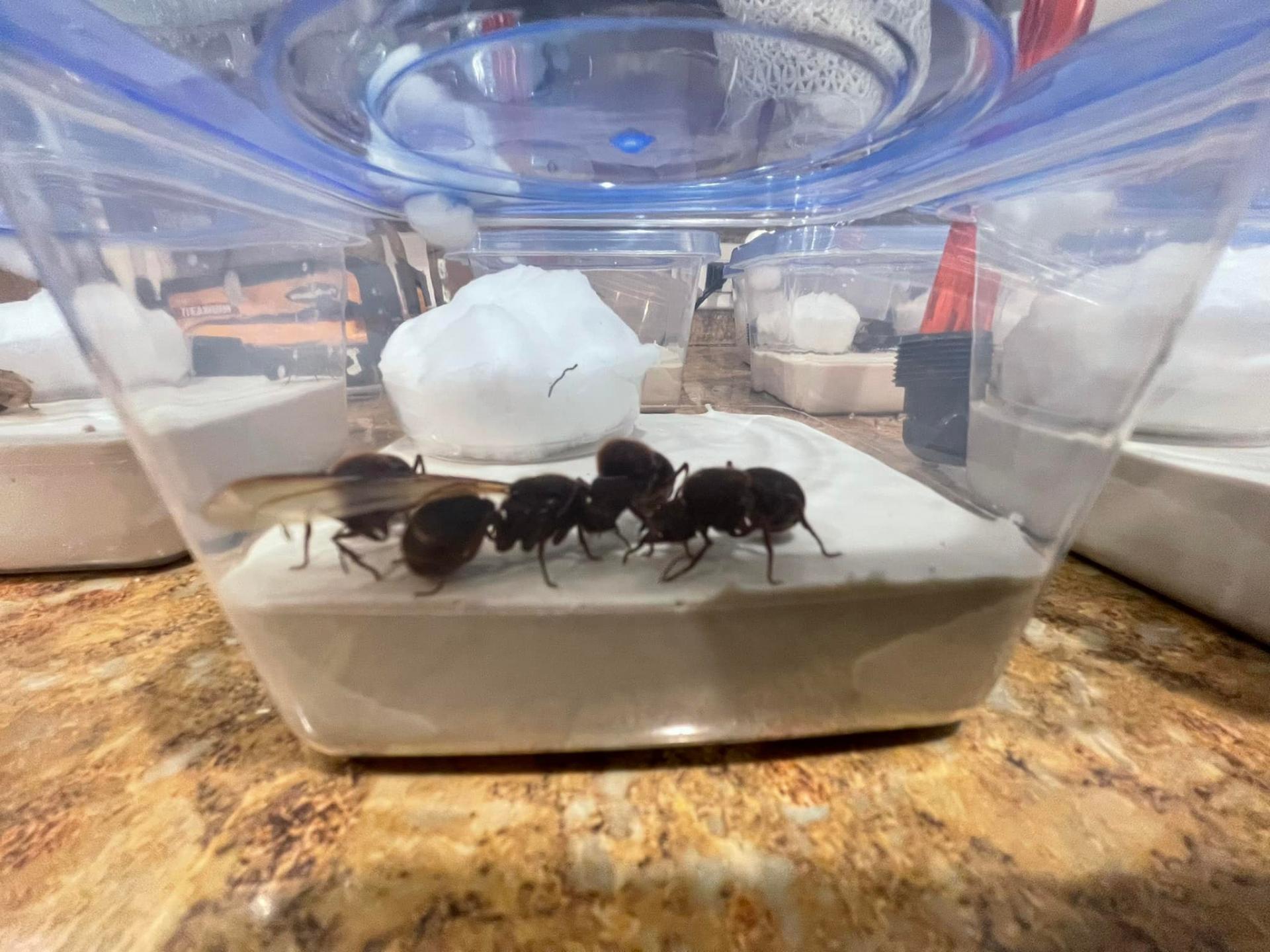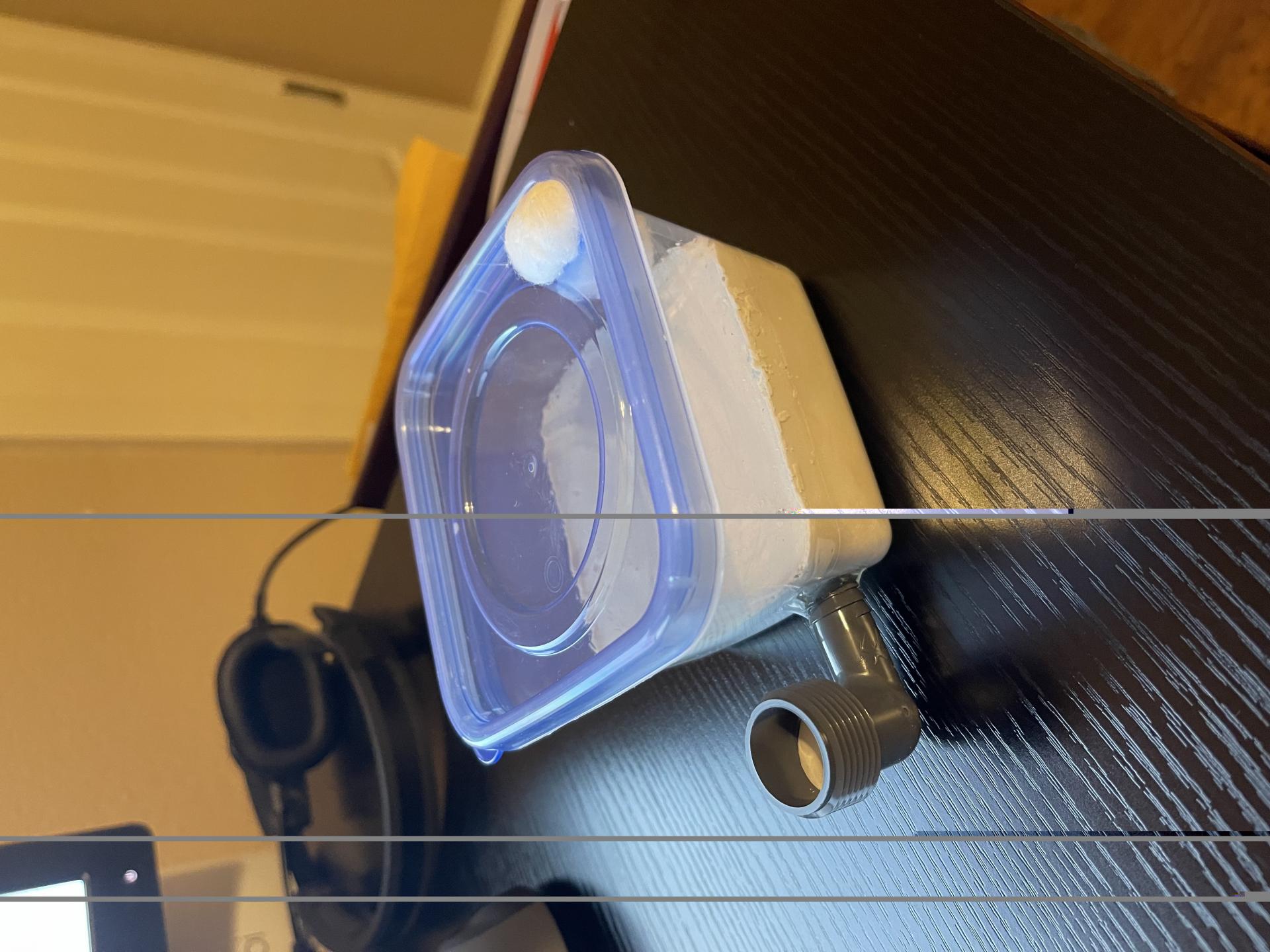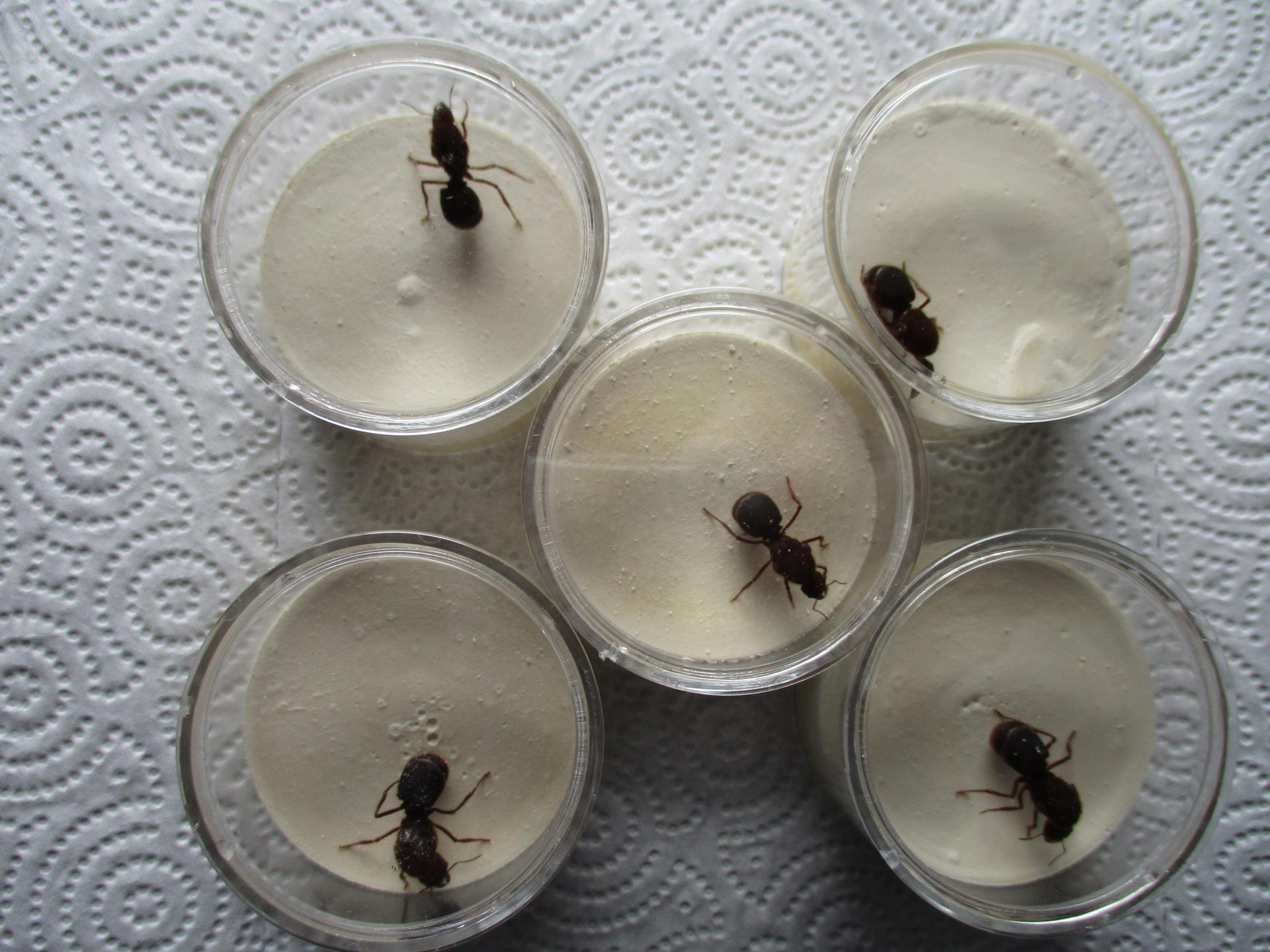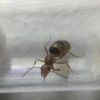Hi guys,
I recently caught an Atta Texana flight in Texas and am now the proud owner of about 60 alates and dealates. I have read Cheeto's guides, as well as many other topics and videos, but can't seem to find an answer to some general questions. Apologies if the answers are out there in other topics and I just missed them ![]()
Some background on my setups: I have 3-4 queens each in deli cups with 1-2cm of Plaster of Paris (I couldn't get hydrostone/ultracal in time). Some of the cups have play sand on top of the plaster, others just have play sand and no plaster. They also each have a spout coming out of the cup to add water through, though it was my first time using plaster, and I messed up and the hydration spouts are filled with plaster as well (lol). I have added some vinyl tubing to create a water reservoir, but did not have time to test it before the flight, so I left the plaster mostly dry and added a small plate with wet cotton instead for now. I've added some pictures ![]()
- How often should I add water to the plaster and how much? Assuming the plaster is mostly dry at this point.
- If I do use the hydration spout, is there a possibility that keeping a reserve of water would cause the water to eventually pass through the plaster and flood the founding chamber? If so, is it better just to water the plaster directly with small amounts of water from time to time and forego the reservoir?
- For A. Texana, I know there is a lot of queen death. How often would it be safe to check and remove dead queens? I'm trying to disturb them as little as possible, but I know there will be some initial deaths and would hate for the dead queens to mold and kill off the others in the chamber. I also figure if I rely on the wet cotton and not the plaster, I would want to swap out the cotton often to prevent mold.
Any other general tips on how plaster hydration works and/or how to care for new atta queens is much appreciated!


















